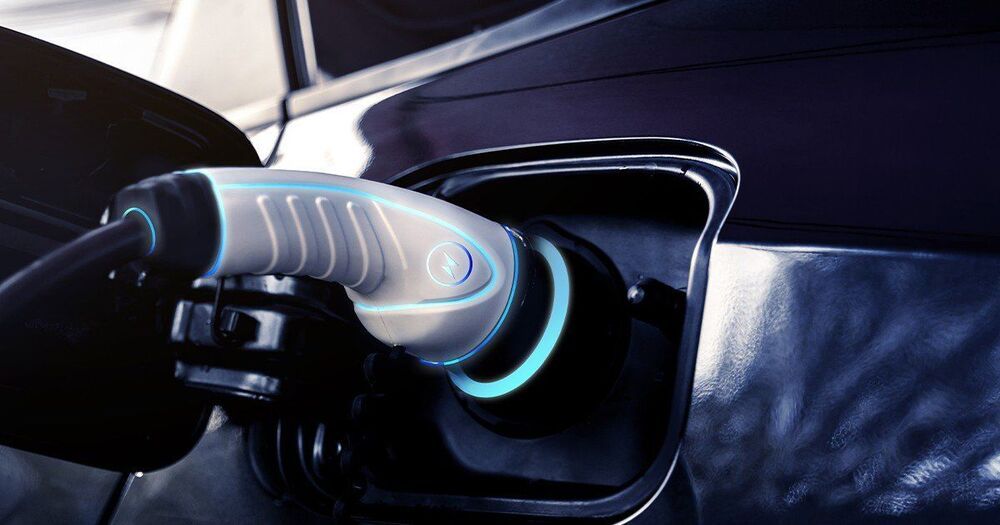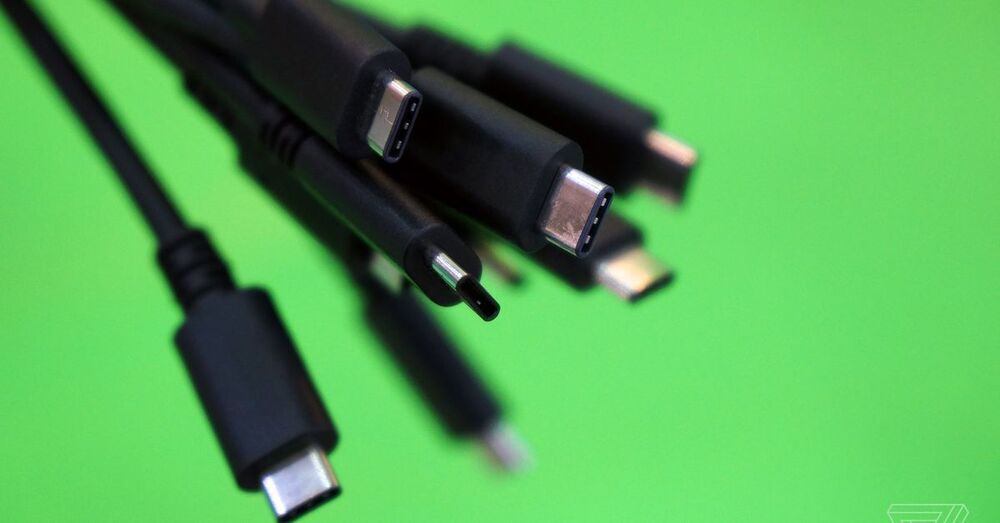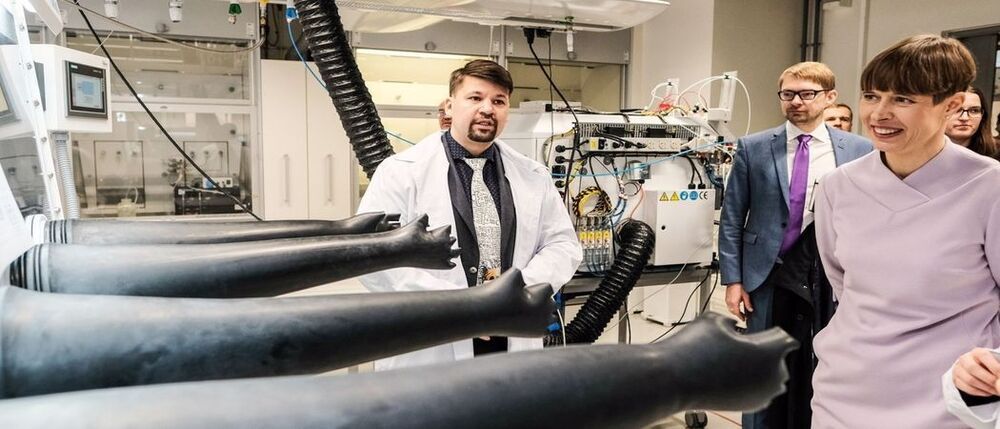Jun 9, 2021
A Completely New Type of Camera Can Actually See Through The Human Body
Posted by Quinn Sena in categories: biotech/medical, mobile phones
Circa 2017 could be used on smartphones to scan the body for illnesses.
Medical techniques for looking inside our bodies have come a long way, but in the future it looks like doctors may be able to see absolutely everything going on under our skin.
Researchers have invented a new kind of camera that can actually see through structures inside the human body, detecting light sources behind as much as 20 centimetres (7.9 inches) of bodily tissue.
Continue reading “A Completely New Type of Camera Can Actually See Through The Human Body” »
















